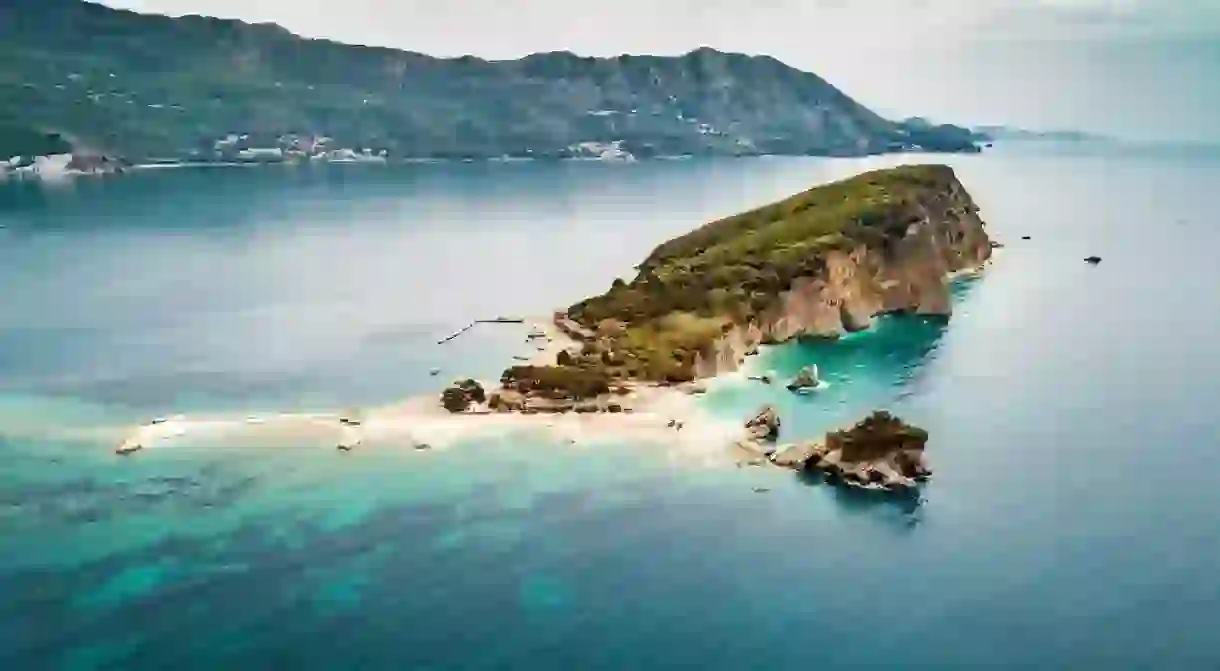11 Amazing Reasons to Visit Montenegro

Looking for a reason to visit Montenegro? It might be one of Europe’s smallest nations, but this little Balkan marvel packs a whole heap of goodness into its borders. Imposing mountains, expansive sea, idyllic villages and more; it might be harder finding reasons not to visit Montenegro.
We’re not going to go ahead and say that Montenegro has it all, but we’re not sure what the tiny state is lacking. Remarkable nature, alluring old towns and some of the finest food on the Mediterranean can be found here, making Montenegro the main reason to visit this sensational country.
The Amazing Adriatic
Croatia’s coastline is no longer the undiscovered paradise that it once was, but the magic of Montenegro’s seaside isn’t quite out the bag just yet. Don’t say it too loudly, but the country’s stretch of Adriatic Sea might just be more stunning than its neighbour to the north. Every turn brings another quaint village, each with its own intangible charm and undeniable beauty.

Unbeatable hiking
Montenegro isn’t all about lazy days on sunny beaches, and the Balkan state offers some of the finest hiking in all of Europe. The name of the place is a bit of a giveaway (Crna Gora means ‘Black Mountain’), and incredible yet accessible mountains are found all over. Prokletije, Komovi and Rumija are some of the best, but it is difficult to look past the majesty of Durmitor National Park.

Refreshingly varied cuisine
Food in the Balkans is lip-smackingly delicious, but the conveyor belt of grilled meats can become a little too much after a while. Those same greasy dishes can be found in Montenegro as well, but the variation on the menu is unlike anywhere else in the region. The fishing traditions of the state mean many fantastic seafood dishes can be found, along with some truly hearty homemade fare.

Phenomenal nature
Ask anyone in the Balkans to name the most beautiful country in the region, and they will more than likely put forward their own home state as number one. Ask them for the truthful answer however, and a disgruntled ‘Montenegro’ will surely escape from their lips. Montenegro’s natural beauty is well and truly unparalleled, Verdant mountains reign supreme over dramatic canyons and beguiling rivers with something truly beautiful around every single corner, and no, that is not an exaggeration.

Good things, small packages
One thing Montenegro absolutely is not, is big. The country is about half the size of tiny Belgium, but the old adage that ‘good things come in small packages’ is definitely true in this case. Montenegro’s size makes it perfect for exploration, and you can see all that the country has to offer without wasting hours on buses and trains. Just 250km separate Plevlja in the north from Ulcinj in the south, with incredible nature and some of Europe’s best parties waiting in between the two.

Rebellious history
The Ottoman Empire ran roughshod over the entire Balkan region for multiple centuries, but Montenegro proved tougher to conquer than Serbia, Bosnia and the rest. The impenetrable mountain landscape had something to do with it, and the local tribes had a particularly efficient battle plan – lure the Turks deeper into the mountains, then let them starve to death. Montenegro is immensely proud of its rebellious history, and monuments to this autonomy can be found all over the country.

The beautiful Bay of Kotor
We’ll cut to the chase – the Bay of Kotor is the dictionary definition of exquisite. This Adriatic bay has been inhabited since the beginning of time (not literally, but you get the point), and international tourists are fast waking up to this marvellous spot. Most of Montenegro’s most ravishing towns are found in this small stretch of land, none more impressive than the eponymous city itself.

Fulfil your yachting dreams
The life of a yachtsman may be out of reach for most of us, but Montenegro offers a little bit of luxury at very agreeable prices. It has been said about Montenegro that ‘all of her history was written at sea’, so what better way to enjoy the country than by renting a boat and heading out into the waters? This is also the best way to explore some of the state’s hidden beaches and secret coves, so get the striped shirt washed and dust off the hat, stat.
A different kind of party
The Balkans is famous for its energetic nightlife, and Montenegro isn’t about to miss out on the party. The liveliest parties here take place on the beach, and there are few sights more bewildering than a mass of scantily-clad men and women bouncing endlessly on the beach. There is plenty of dancing on offer, but just as much fun can be had by picking up a cocktail and watching the madness.
A most regal mausoleum
Perched high up in Lovčen National Park sits the final resting place of Petar II Petrović-Njegoš, the country’s greatest leader and the man credited with bringing modernity to Montenegro. A colossal titan of Montenegrin history and culture, Njegoš personally chose this spot for his final resting place, and he couldn’t have gone for anything more epic. The mausoleum is one of the most important attractions in the country, and the views from this spot are remarkable.














